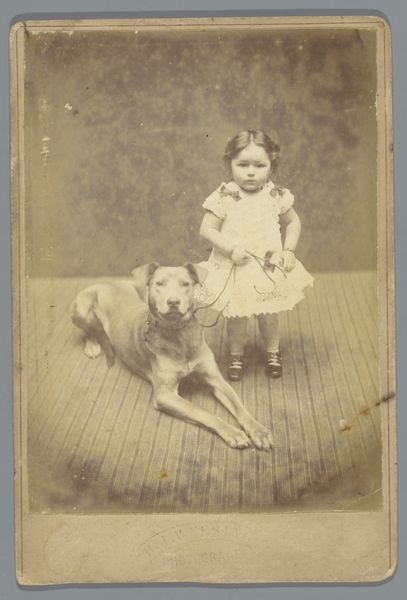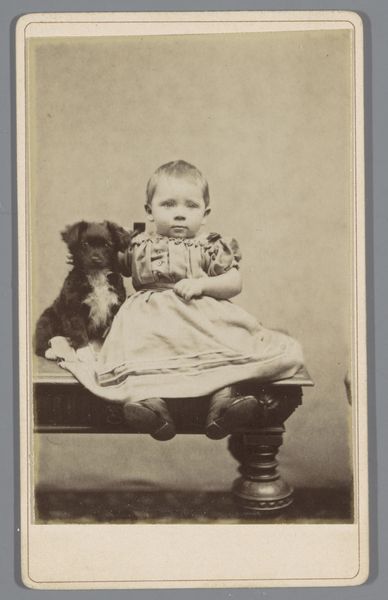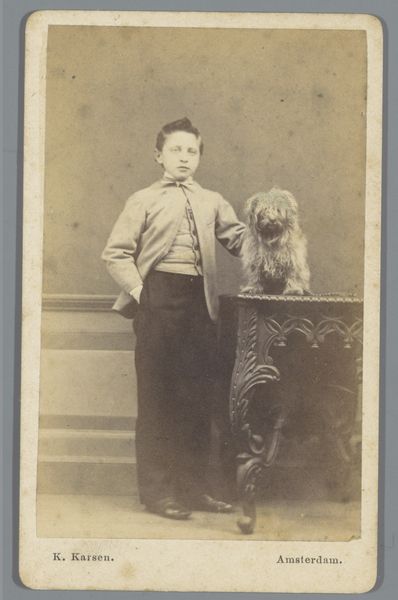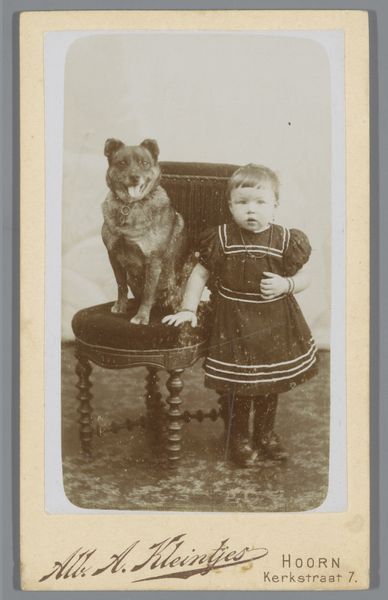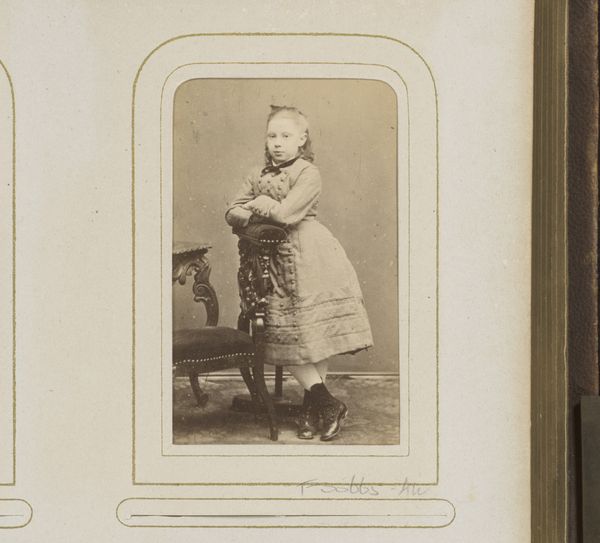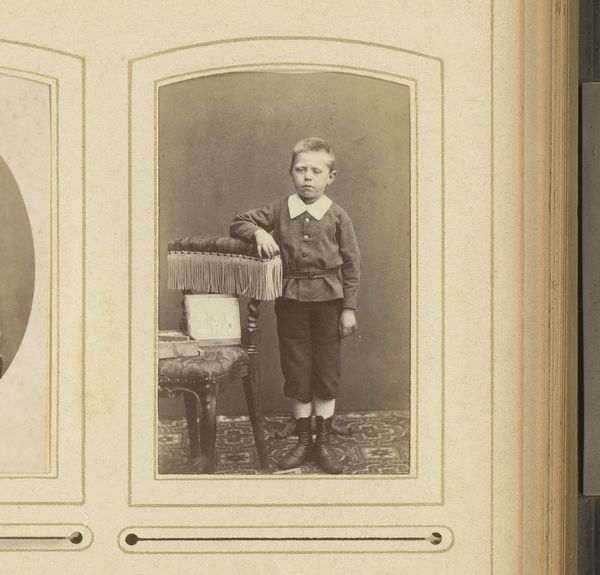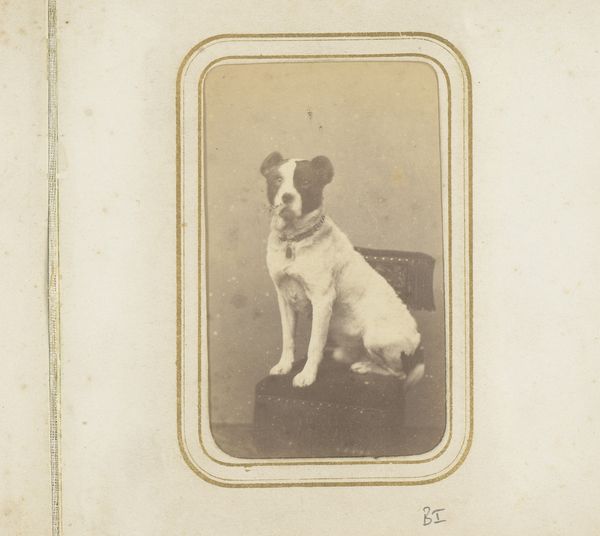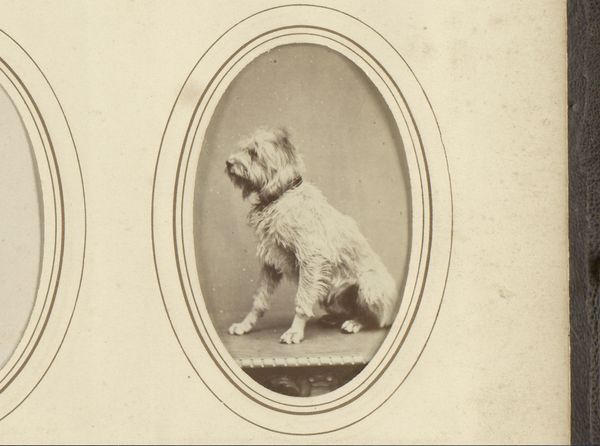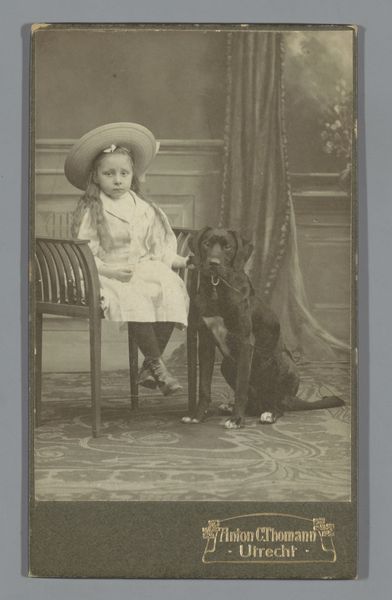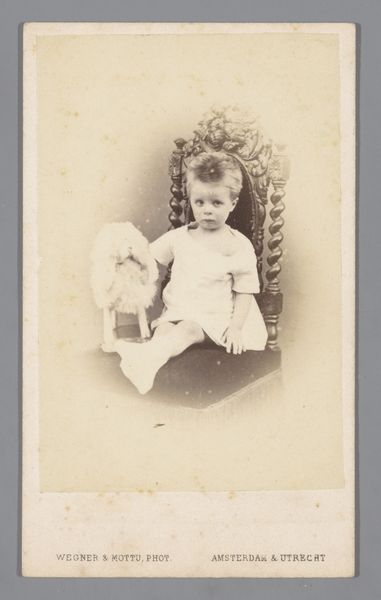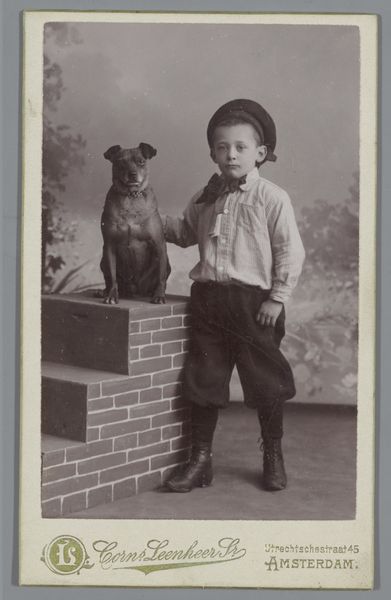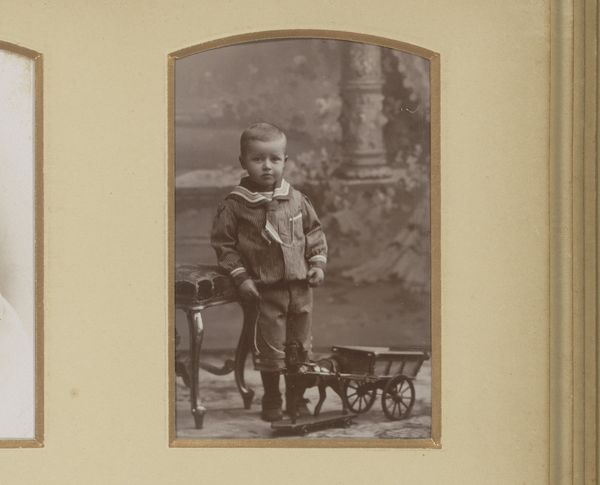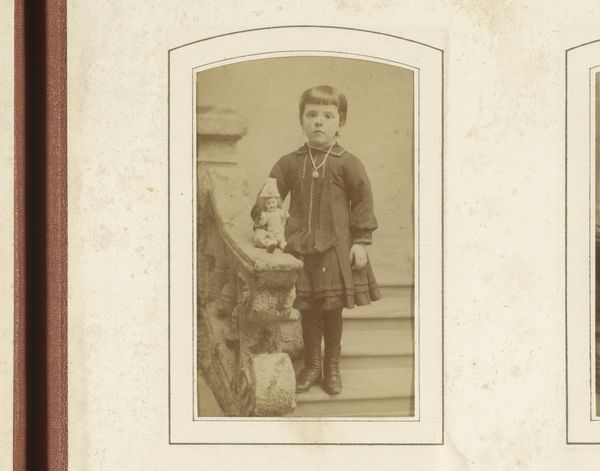
Dimensions: height 102 mm, width 135 mm
Copyright: Rijks Museum: Open Domain
This photograph was taken by Friedrich Carel Hisgen in Amsterdam. While its date is unknown, the albumen silver print gives a good indication of how it was produced, and how this process reflects the society in which it was made. Hisgen would have started with a glass plate, coated with a light-sensitive emulsion. After exposure in the camera and some darkroom magic, a negative was produced, and then contact-printed onto albumen paper - named after the egg white used to make it. The paper would then be toned and fixed, resulting in this sepia-toned print. In the late 19th century, photography was transitioning from a niche craft to mass production. While each print still involved considerable handwork, the division of labor and emerging industrial techniques meant that studios like Hisgen’s could meet a growing demand. This portrait, then, isn’t just an image, but an artifact of a changing world.
Comments
No comments
Be the first to comment and join the conversation on the ultimate creative platform.
